Share on:
The 7 most common types of snowflakes
To many people, snow is just snow. If you take a closer look, there are different types of snow crystals. The predominant factor in what shape it forms is temperature, but a lot happens from when a snowflake forms and hits the ground.
Whilst the variation of snowflake shapes is infinite, they can be broadly categorised into groups which give an indication as to what conditions the snowflake formed in. Snow crystals can take the form of: plates, stellar crystals, dendrites, columns, needles, capped columns, and irregular shapes.
1) Plates
Plates are the most basic geometry of snowflakes. They are divided into hexagonal, sectored and triangular plates. Hexagonal plates are thin hexagonal sheets that only grow when the supercooled water temperature approaches -5 °C. Their size is usually so small that they can hardly be seen with the naked eye.
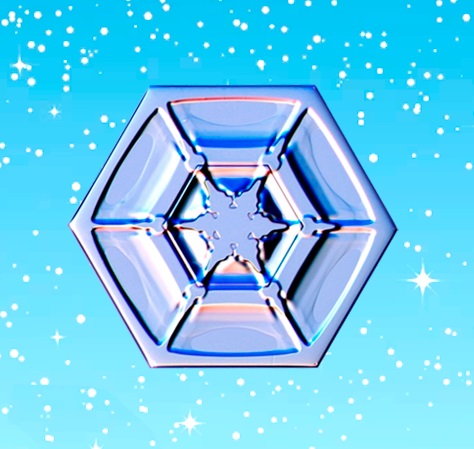
Sectored plates are laminated ice crystals with six prominent ridges that sector the crystal. Their faces are often decorated with incredibly elaborate and symmetrical markings.
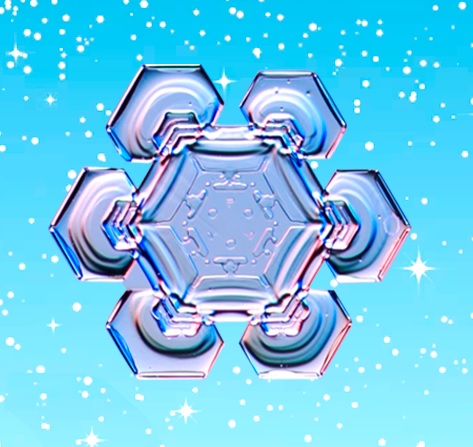
The crystals, when grown at a temperature close to -2 ºC, can take on a triangular shape. They are usually small, shaped like truncated triangles. Sometimes, branches sprout from the six corners, producing an unusual symmetry.
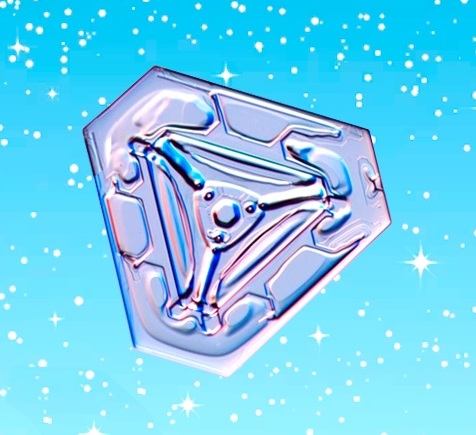
2) Stelar dendrite
The term "dendrite" comes from the Greek and means «tree-shaped», they are branched extensions that come out of the snow crystal. Stellar dendrites are the type of snowflake that has 6 main branches and several types of secondary branches. These snowflakes are typically between 2 and 4 millimeters in size, making them easy to see with the naked eye.
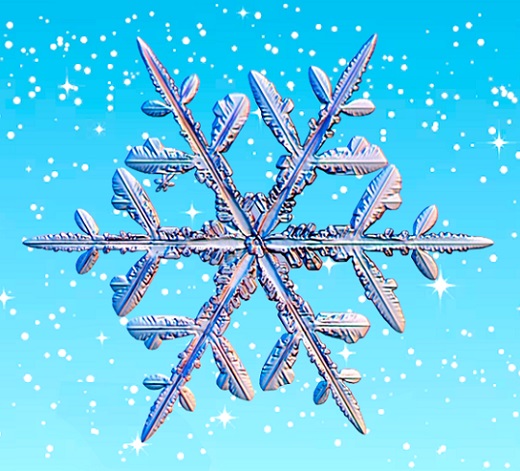
3) Spatial dendrite
They are actually very similar to stellar dendrites, except that space dendrites have a more fern-like structure, with many delicate fronds filling the space between the main branches. They are the best known type of snowflake because they are the largest crystals. When they fall on your coat, you can clearly see their structure just by looking at them.

4) Columns
Hexagonal columns often have conical regions at their ends, forming hollow columns. This type of crystals are so small that it is not possible to see the hollows with the naked eye.

5) Needles
The needles are thin columns of glass, only millimeters long, which are generated at a temperature of around -5 ºC. When they fall on your sleeve you will recognize them because they look like small white strands of hair.
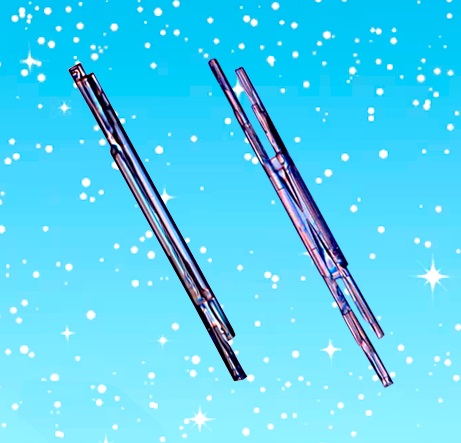
6) Capped columns
Sometimes, a snow crystal starts to grow in a columnar shape and is then carried by the wind to a part of the cloud where conditions are right to form plates, resulting in two plate-shaped crystals connected to the ends of a column, like two wheels on an axle. These rare and somewhat exotic forms are called capped columns.
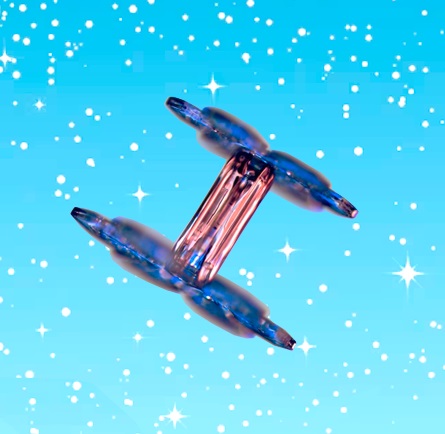
7) Irregular shapes
Finally, irregular shapes are those snowflakes that do not fit into any other category. The Committee left a lot of shapes for this category, which other meteorologists have divided into new categories.
🥇 Find out more:
✅ Why is snow white when ice is transparent?
✅ Wilson Bentley, the first snowflake photographer

